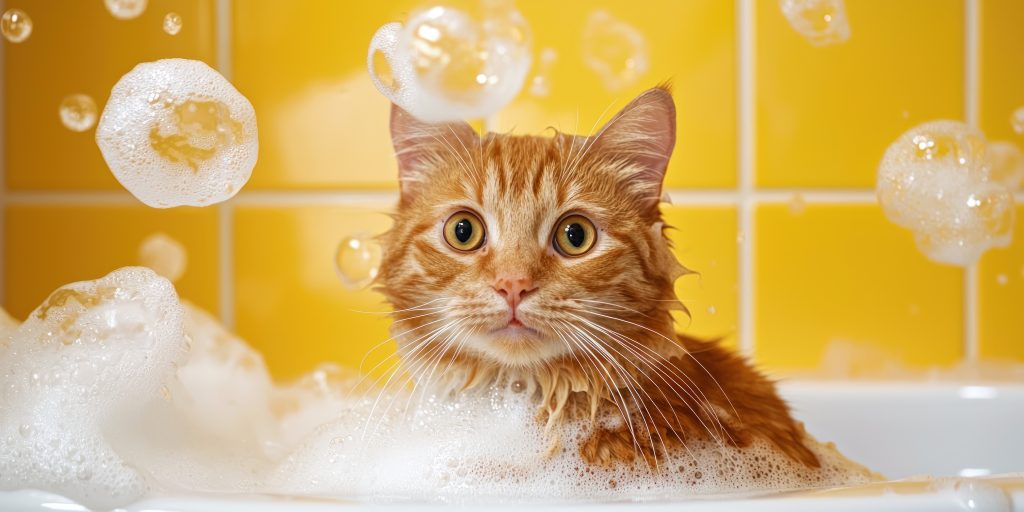
Cat Hygiene Tips Every Owner Should Know
Cats are known for their cleanliness, but that doesn’t mean they can do it all on their own. As cat owners, it’s our responsibility to help them stay fresh, healthy, and comfortable. Good hygiene habits not only keep your cat looking great but also prevent health issues down the road.
In this guide, we’ll cover the essential hygiene routines every cat owner should follow to ensure their feline friend stays happy and healthy.
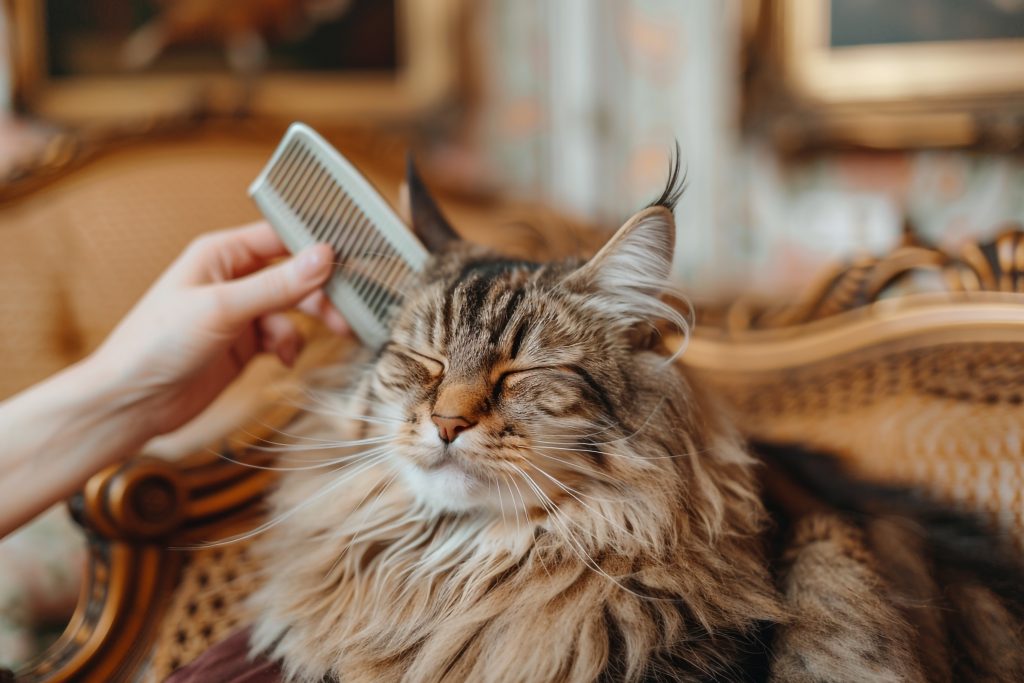
1. Brushing Your Cat’s Fur
Regular brushing helps remove loose hair, prevents mats, and reduces hairballs. Long-haired breeds need daily grooming, while short-haired cats can benefit from brushing a few times a week. Brushing is also a bonding activity that your cat will learn to enjoy over time.
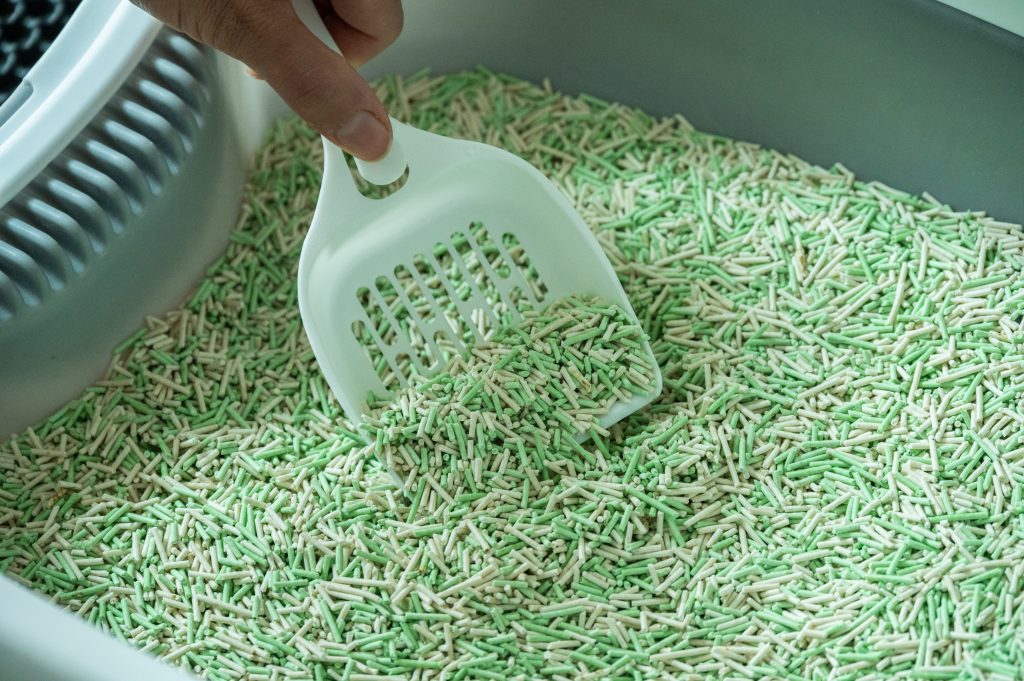
2. Keeping the Litter Box Clean
Scoop the litter box at least once a day and change the litter weekly. A clean litter box prevents odors, reduces the risk of infections, and encourages your cat to maintain proper bathroom habits. Remember, cats are picky about cleanliness.
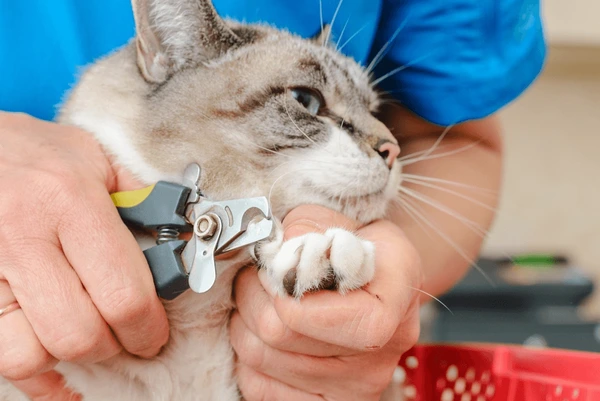
3. Nail Trimming
Overgrown nails can cause discomfort or even injury to your cat. Trim your cat’s nails every 2-3 weeks using pet-safe clippers. If you’re nervous, ask your vet or a groomer to show you the correct technique.
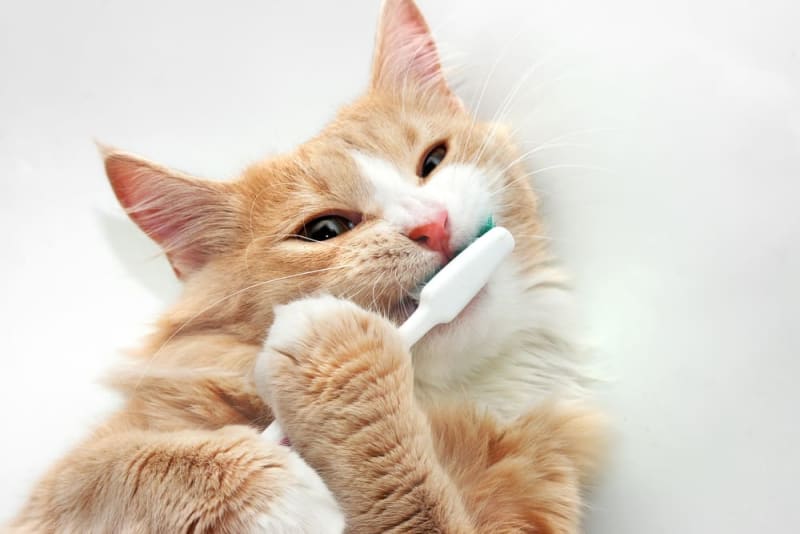
4. Dental Care Matters
Dental health is often overlooked, but it’s crucial. Brushing your cat’s teeth a few times a week helps prevent plaque buildup, bad breath, and gum disease. You can also use dental treats or vet-approved dental rinses.
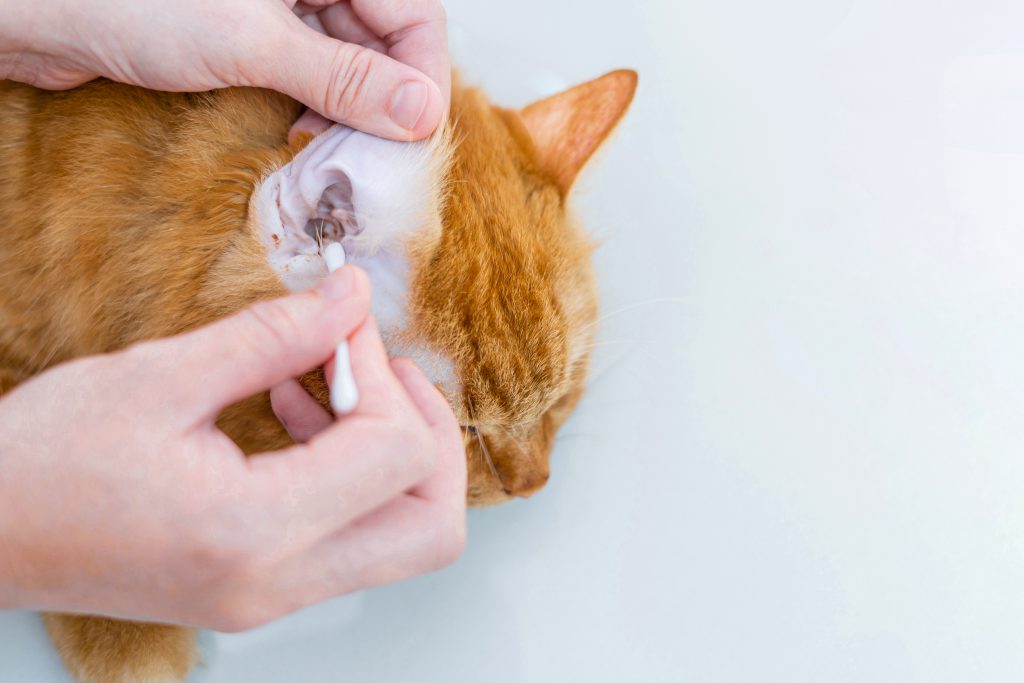
5. Ear Cleaning
Check your cat’s ears weekly for dirt, wax buildup, or signs of infection (redness, bad smell). Use a vet-recommended ear cleaner and gently wipe the outer ear with a cotton pad. Never insert anything deep into the ear canal.
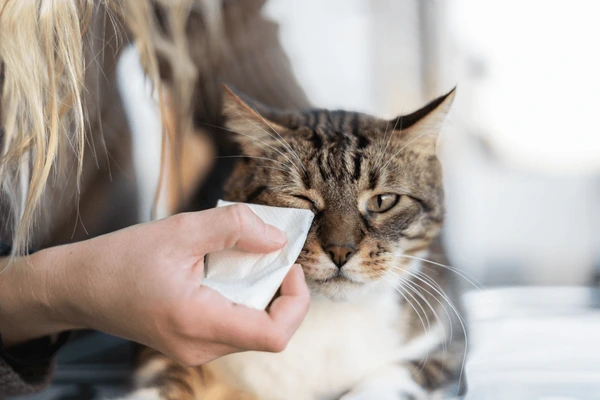
6. Eye Cleaning
Cats may sometimes develop tear stains or discharge around their eyes, especially breeds with flat faces or allergies. To maintain eye hygiene, gently wipe the area around your cat’s eyes with a soft, damp cloth or a vet-recommended eye wipe. Make sure to use a separate cloth for each eye to avoid spreading any potential infections. If you notice persistent redness, swelling, or unusual discharge, consult your veterinarian promptly.
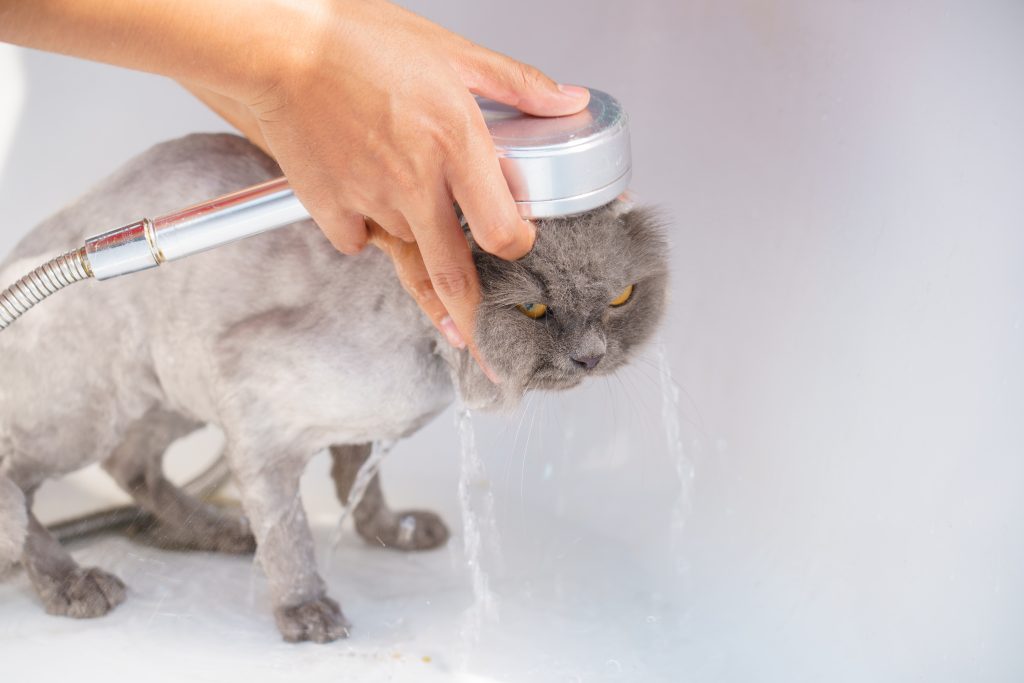
7. Bathing — Only When Necessary
Most cats don’t need frequent baths, but sometimes it’s necessary (if they’re very dirty or have a skin condition). Use a mild cat-specific shampoo and keep the bath experience calm and quick.
Conclusion
By incorporating these simple hygiene practices into your routine, you’re not just keeping your cat clean — you’re actively protecting their health and well-being. A clean cat is a happy cat, and these habits help strengthen the bond between you and your furry companion.
Suggested Readings:
- [How to Safely Trim Your Cat’s Nails at Home]
- [Understanding Cat Stress and How to Reduce It]
- [Top 10 Cat Grooming Tools Every Owner Needs]
- [Solving Common Cat Litter Box Problems]
- [Signs of Dental Problems in Cats and How to Prevent Them]